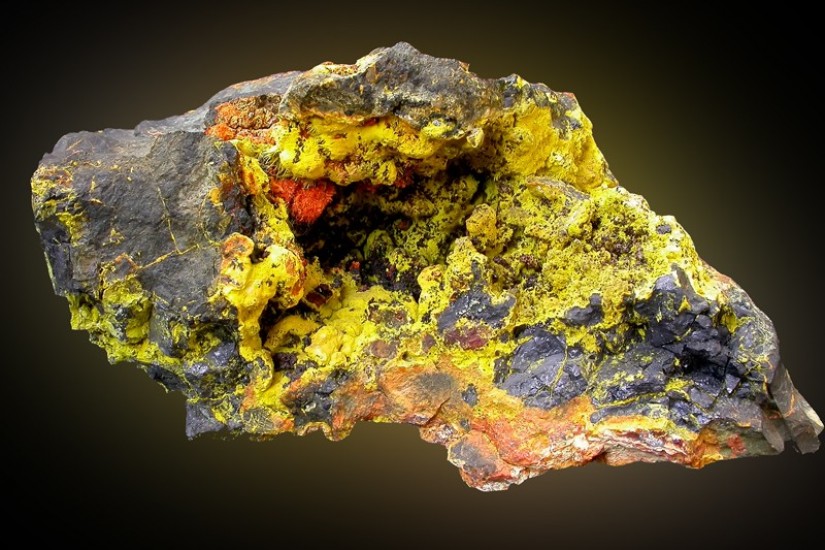Wakanda’s location has shifted over time and writers have attributed various African inspirations for the story. But the Black Panther’s back story makes clear that the Congo was Lee and Kirby’s imaginative jumping off point for Wakanda.
When Marvel published its Marvel Atlas #2 in 1988, Wakanda was near Lake Turkana (northwestern Kenya, near the Ethiopian border), and was near the fictional nations of Canaan, Niganda, Rudyara, Ujanka, Ghudaza, Mohanda, Zwartheid, and Azania.
Some have looked to the Monomutapa civilization of Great Zimbabwe as the inspiration for the Black Panther story. The writer Te-Nehisi Coates, who has penned the storylines for the Black Panther comic since 2016, has also pointed to Ethiopia, a country that defeated Italian forces in 1896 and remained independent during the colonization of Africa, as the inspiration. The movie's director Ryan Coogler has said that he was influenced in part by his trip to Lesotho. The small kingdom, surrounded on all sides by South Africa, avoided the worst of colonialism.
But to locate Lee and Kirby’s original idea in 1966, the comics provide better clues.
T’challa explains his own history and that of his country in Fantastic Four (#53). Mr. Fantastic, Reed Richards, notes that “Though the Wakanda Tribe lives in the tradition of their forefathers, they possess modern super-scientific wonders we can only marvel at!” T'challa then tells Richards and his friends that western greed and a quest for African resources had disturbed peaceful Wakanda.
It was not just a “greedy ivory hunter,” but someone much more dangerous. The evil Ulysses Klaw sought out vibranium as “the one element I need—the one element which will power” his all-destructive weapon, a sound transformer that could convert the energy of sound into living forms. When T’challa's father, T’chaka tried to prevent Klaw from controlling the vibranium supply, Klaw had him killed. T’challa witnessed this as a boy and vowed to avenge his father's death.
Lee and Kirby had both served in World War II. Working in 1966 they were steeped in the science and technology of their day: the nuclear era and the space age.
In 1961, they had created the Fantastic Four, a foursome of American astronauts whose exposure to cosmic rays gave them super powers. The next year they rolled out the Incredible Hulk, the green monster alter ego of scientist Bruce Banner who emerged after Banner was exposed to gamma rays during the detonation of a bomb. In 1962, Lee introduced the Spider-man, an unlikely hero created after wallflower teenager Peter Parker was bitten by a radioactive spider. The following year, Kirby and Lee teamed up launch the X-Men, a group of human mutants who were born with super powers.

